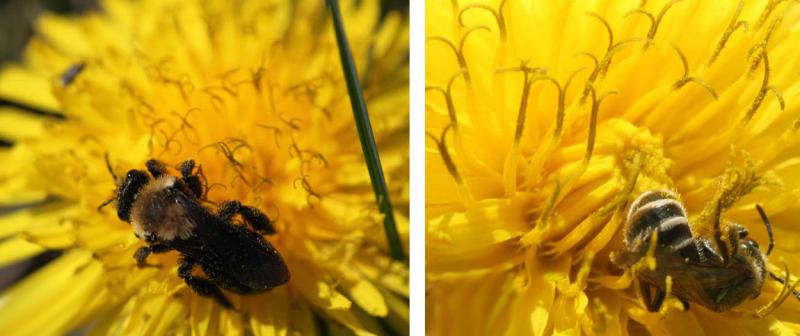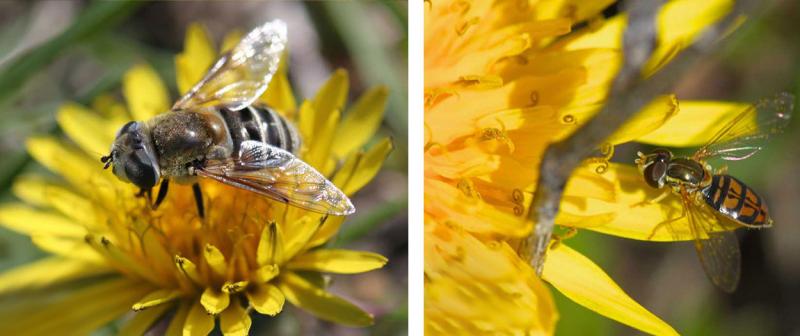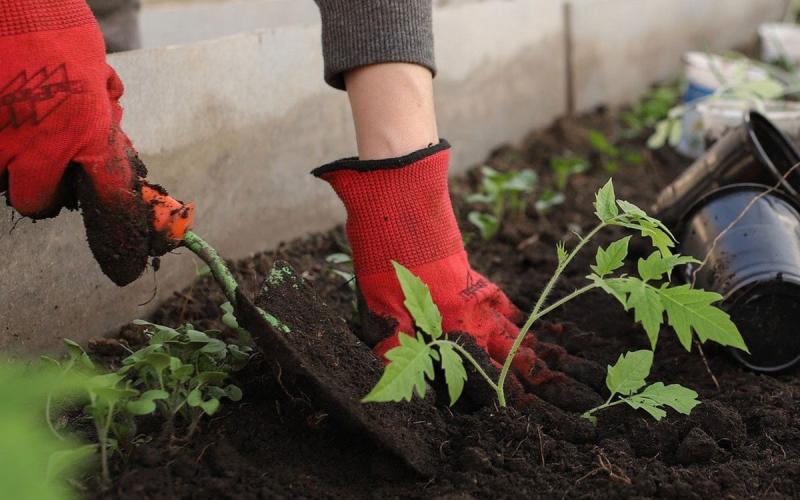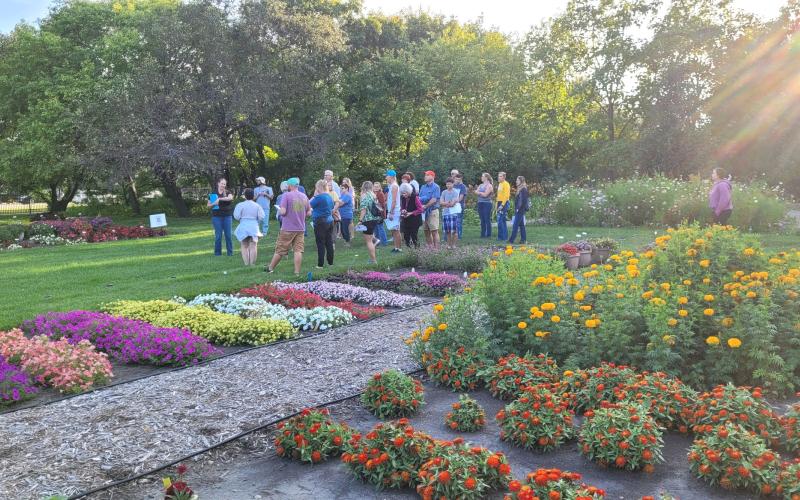
Written collaboratively by Adam Varenhorst, Philip Rozeboom, Amanda Bachmann, Patrick Wagner, Kristine Lang, John Ball and Lora Perkins.
Originally Submitted: May 17, 2021
Although there is a lot of appeal to having a perfectly green lawn that is free of any other plants, there can be a benefit. During the spring, pollinators (bees, wasps, flies and others) often find themselves in an urban food desert. Some of the weeds that are sprayed out of lawns, including flowering plants like dandelions, can serve as early-season food sources for pollinators. While research has shown that pollinators, specifically honeybees, can’t survive on dandelions alone, this doesn’t mean that the dandelions don’t play a role for early-season pollinators. This is especially true when other early-season pollen resources are not readily available.
Because dandelions tend to bloom on a consistent basis, they can provide at least some sustenance to pollinators until other plants begin to bloom. On sunny days, close inspection of dandelions in a yard will reveal several different pollinators foraging for pollen (Figure 1 and Figure 2).
Early-Season Pollen Resources

Pollinators often rely on an assemblage of flowers to meet their dietary needs, so consider holding off on removing dandelions until other flowers, trees and shrubs are blooming. Another consideration is to ensure alternative early-season resources for pollinators by planting early-season flowering plants (Table 1) or pollinator-friendly trees or bushes. It is important to note that some hybrid ornamental trees will have showy blossoms that do not have any nutritional value to pollinators. Red maple, sugar maple, honey locust, Kentucky coffee tree, serviceberry, lindens and fruit trees all provide early-season resources to pollinators.
| Plant |
|
| Buffalo Bean (Astragalus crassicarpus) |
|
| Prairie (Birdsfoot) Violet (Viola pedatifida) |
|
| Sweet William (Wild Blue Phlox) (Phlox divaricata) |
|
| Foxglove Beardtongue (Penstemon digitalis) |
|
| Wild (Red) Columbine (Aquilegia canadensis) |
|
| Pasque flower (Pulsatilla patens) |
|
| Prairie Smoke (Geum triflorum) |
|
| Prairie Phlox (Phlox pilosa) |
|
| Prairie Everlasting (Antennaria neglecta) |
|
| Western Wallflower (Erysimum asperum) |
|
Dandelion Management
If you do choose to use herbicides to remove dandelions, make sure to read and follow all label directions. Pay close attention to required personal protective equipment and re-entry intervals (especially if children and/or pets use the lawn).


